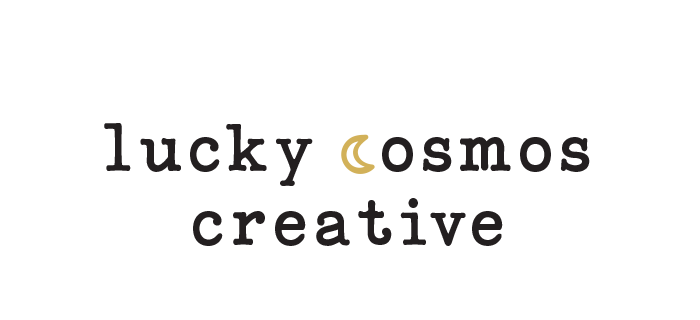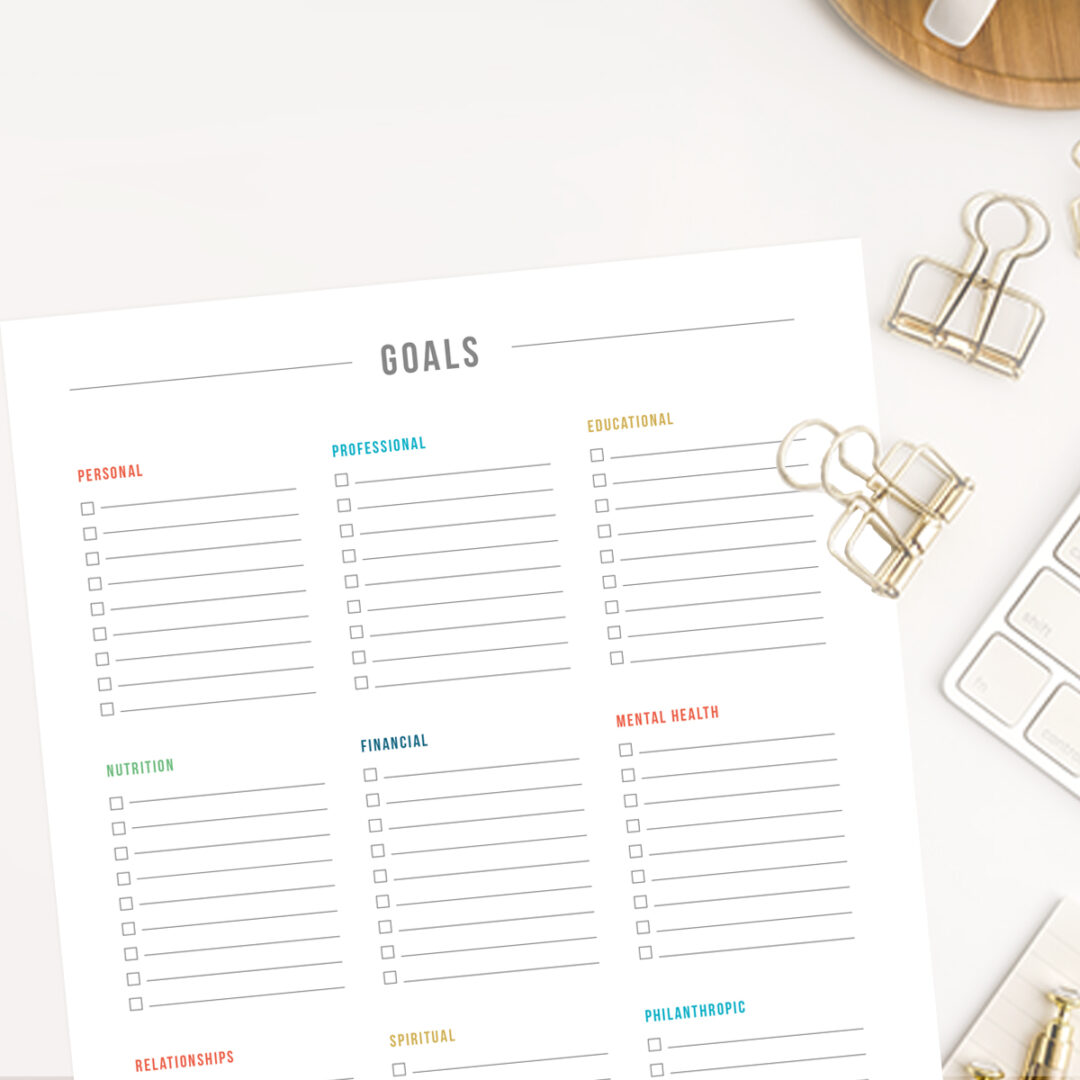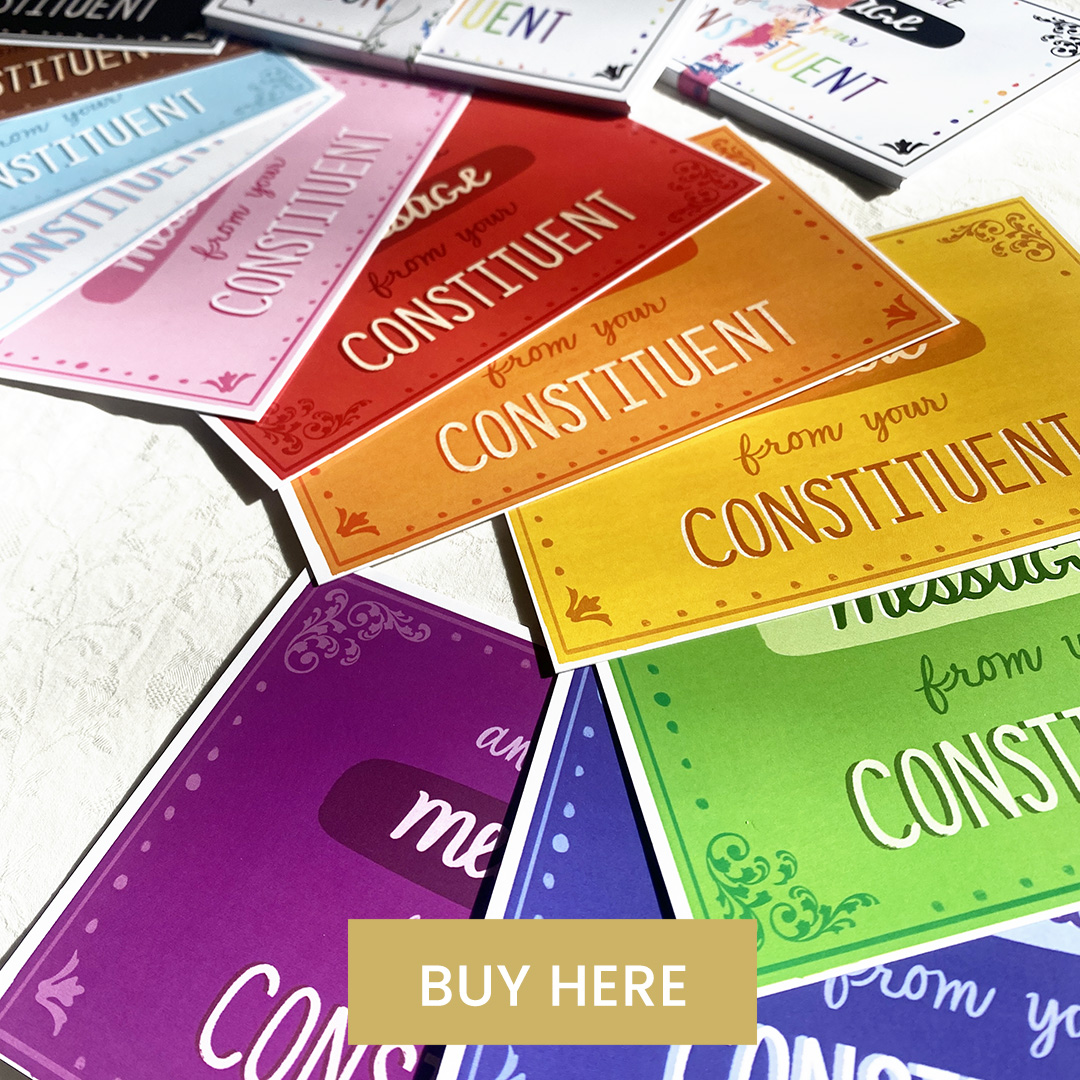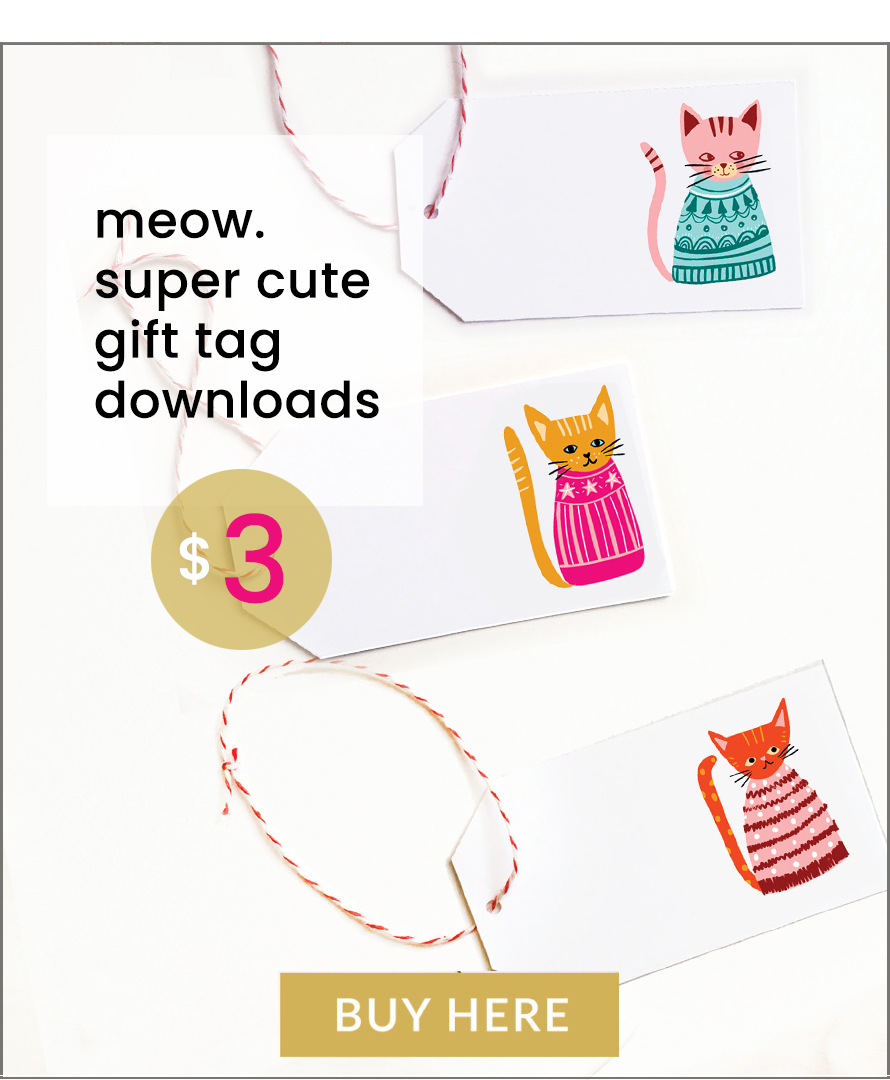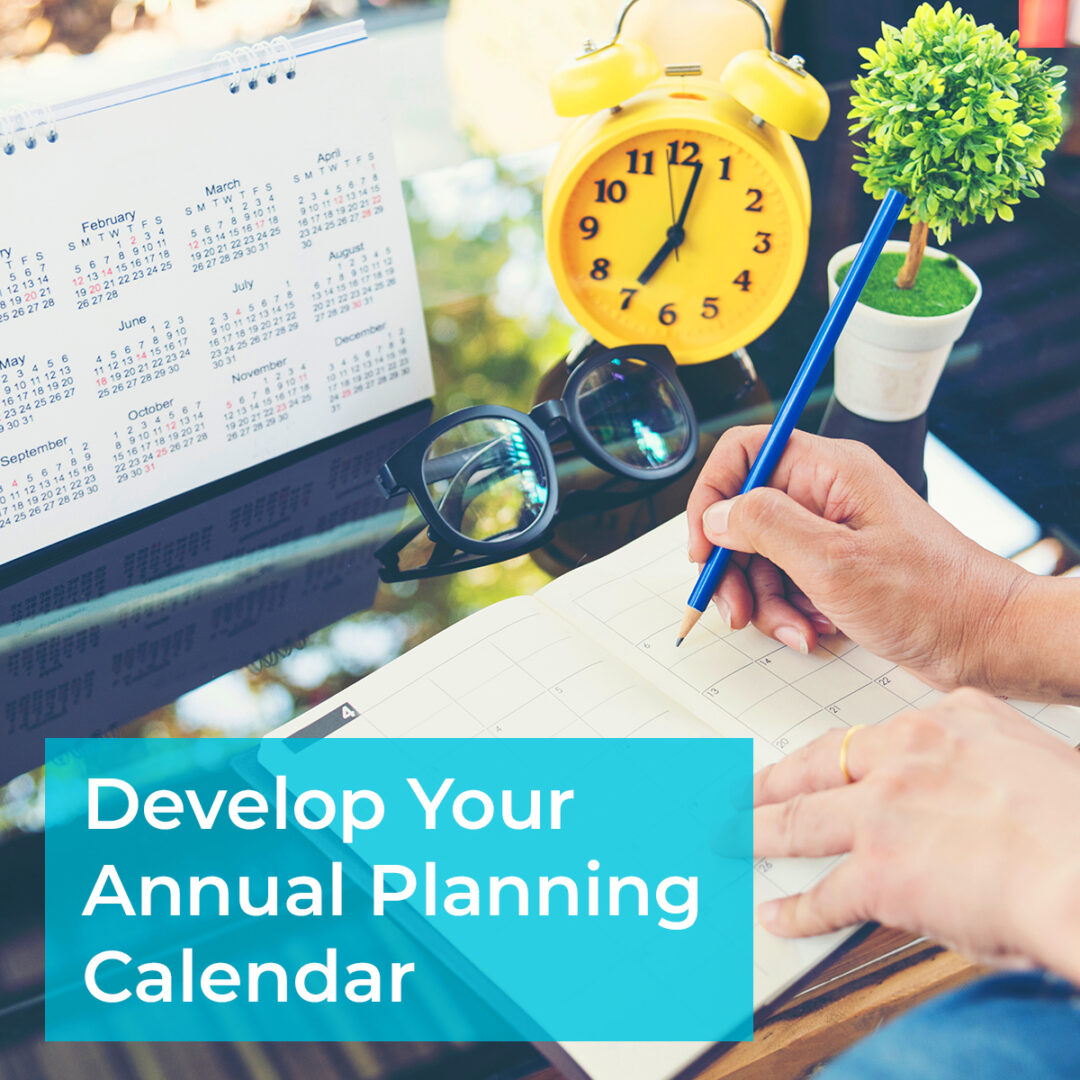
What is an annual planning calendar?
In the colorful and frolicky land of creative businesses, an annual planning calendar can be one of the marketing planning tools that leads you to your path of success – even if you have spent years floundering and splashing about in your craft but not “getting there.”
Have you ever heard the adage, “If you fail to plan, then you plan to fail”? It’s one that has stuck with me for a long time because of how annoyingly true it is. And it’s a really important thing to remember if you have a creative brain and want to build a successful business doing the creative work you love.
Observe with giddy excitement as your favorite artists, illustrators, or surface pattern designers achieve that level of success that you envy – it’s almost guaranteed that it’s not just a stroke of good luck. These thriving creatives have planned so many facets of their success – promotions, product launches, content creation, events, and most especially.. just showing up everyday to do the work – and following a plan for that work.
These successful artists probably struggle with the same chaotic thoughts and distractions we all do, yet they’ve figured out how to rein in the chaos to create artwork that is reliable and consistent.
If you want to take your creative passion from a hobby to a real creative business with growth potential, an annual calendar planning session is just non-negotiable. A great time to do this is at the end of the previous year, when you are still feeling the effects of your efforts and you’re aware of what you did and did not accomplish.
Read on to discover how to build out an annual planning calendar for your creative business – from content creation planning, to building your promotion planning process, to prioritizing some time off. Embrace your annual planning calendar and plan for success!
RELATED POST: Thriving in Your Creative Business When You Work from Home
How to develop your annual planning calendar
Revisit, reflect, and refresh your goals
First, it’s important to reflect on your past year – ask yourself some important questions before moving forward with any planning. Below is a list of questions you might want to ask yourself:
- What creative work did I enjoy most? (And how can I shift things in my business so that I can do more of that kind of work?)
- Which business tasks did I enjoy most?
- What did I least enjoy or find myself avoiding?
- Is my business at a point where I can begin to hire out tasks and processes that are not in my zone of genius?
- What kind of help do I need?
- What projects, partnerships, events or products am I most proud of?
- How do I feel about last quarter? Last year?
- What have I learned from my failures?
- Did I meet my financial goals?
- Are there any new products, processes, or services I’m super excited to roll out in the next year?
Reflection is one of the most powerful marketing planning tools you can tap into. Really feel into the way last year treated you. Did you feel energized and inspired? Overwhelmed and worn out? Like you were running on a hamster wheel but getting nowhere? Satisfied with the work and financial reward?
Get really honest about your answers. Look at your financials and determine what is really working for you that you want to continue, and if there are pieces of your business that are dragging you down. Now is the best time to prune back those things that take up your time and energy, but don’t produce great emotional or financial returns.
Once you have a general idea of what your next year’s products, services, and offerings will entail, it’s time to get planning. But first, let’s take a quick look at the different kinds of planning calendars and trackers that different kinds of creative entrepreneurs and solopreneurs use to anticipate and produce fresh content.
What is the difference between an annual calendar, an editorial calendar, a content calendar, and a promotions calendar?

Ahhhh! So many calendars! Many artists enter the world of creative business, because we are so excited to create the work we love. Depending on what we do, there are calendars that help us track, anticipate, and prepare for launches and upcoming events, and if we ignore this incredibly important part of business planning, it is super unlikely our business will grow to the level of success we want to achieve.
Here is a quick breakdown of the different calendars that creatives use to plan their content and promotions:
- Annual calendar (this is where our focus will be.)
Your annual calendar serves as an overview of your entire year. From vacation time to product launches, to creative blocking, to running events, to partnership cross promotions – your annual calendar is the container for all of the things that happen in your business. - Editorial calendar
An editorial calendar is usually used by those who are putting out written publications, such as magazines, online, magazines, blogs, etc. This is where content will be planned that is aligned with each publication’s theme or focal point. For example, if you are creating a magazine, the creative work that needs to be done for your November/December issue will show up on your October November calendar. - Content calendar
A content calendar is often referred to as a social media calendar, though it definitely can be used beyond social media. An absolute necessity for content creators, it’s important for most creative business owners to learn how to do a content calendar. What should your content calendar include? All of your content – video, blog posts, emails, text campaigns, promotions, etc. Vlogs, blogs, social media, scheduling, brand partnerships – these are the activities that would show up on your content calendar. - Promotional calendar
So.. What is promotional planning, and how can you use a promotional marketing calendar in your business? Your promotional calendar refers specifically to the product launches, partnerships, and events that you want to promote throughout the year. All types of promotional campaigns qualify, such as a promotional plan for a product offering, promoting a partner’s product or course, planning events, workshops, special events, etc.
What goes into planning your annual calendar?
Give yourself a half day or a day to really get a good start on planning your year ahead. Bring a list of workshops you dream of attending, travel wishes, products you want to build, partnership opportunities you want to pursue, and anything else you can think of that you’d want to see on your annual planning calendar.
It’s always good to get comfortable with your favorite beverage, a bunch of scratch paper, your favorite pens, maybe some sticky notes, and some calendar page print-outs, so you can start to map out your year.
In the sections ahead, we’ll explore the types of activities and projects you will want to add to your annual planning calendar. If looking an entire year into the future feels heavy and overwhelming, try the quarterly approach.
Take the important categories below and plug them into a quarterly promotion plan. Honestly, this is one of my favorite approaches because I can easily see myself promoting one major thing per quarter, whether it is my own product or service, or whether I’m promoting someone else’s offering. The quarterly approach keeps me in check, so I don’t add too many projects to manage.
So.. What goes onto your annual calendar?

Time off
I love that Amy Porterfield likes to stress the importance of adding your time off and vacations to your annual calendar before you add in anything else. This is a really great idea. Neglecting this step won’t help you or your business.
Even if we are still majorly in the grind phase of our business, there will be times we will have to flitter away – to an inspirational creative conference – or to the woods for a retreat – or just because we’re sick and tired. The earlier we can prepare for those times the better. Seeing vacation time on the calendar allows us to pre-plan our content, schedule our emails, and schedule help for when we’re away.
Product, service or offering launches and promotional planning
What is promotional planning you ask? Promotional planning allows you to build strong marketing campaigns for your offerings – and launch them on time and within budget. Look at your year ahead and choose the times of year that it makes sense for you to launch your offerings. Are these seasonal launches? Launches that line up with specific conferences or events? Which quarters do your big promotions fall into? How does that work in your life?
Whether you are promoting a new product or course or just reminding your subscribers about your general offerings, map this out to give yourself enough time in between launches to prepare for the next one.
And remember – a good rule of thumb is to plan quarterly for your promotions. If one promo per quarter feels feasible to you, try to build a promotional plan for a product or service that can be repeated for future launches.
Once you’ve mapped out your promo dates on your annual planning calendar, you can also build out a promotional calendar where you get a little more granular and specific with the tasks and deadlines that lead up to your launches. This is where you assess your resources, key, players, and schedule out daily and weekly task lists.
Project and product launch reviews
Planning out time to review how our promos and launches went allows us to learn about what is working and check analytics in real time. Here are a few questions to ask after you’ve completed a promotion or launch:
- Did we meet our creative goals?
- Did we meet our financial goals?
- What worked really well?
- What needs improvement?
- Do we want to do this again?
You can formulate your own list of questions based on your own objectives and goals for your products, promotions and launches. These questions will help you formulate better systems and task lists for future launches. Be sure to ask yourself the hard questions. This is how you might discover whether you’re putting energy into processes or projects that aren’t paying off.
Product/service design & creation
You may be lucky enough to have a library of services or products that you are able to promote indefinitely, and if that is you – congratulations on all of your hard work!
But if you are still in the phase of creating or tweaking your products, services or offerings, schedule chunks of time into your annual planning calendar to build and assess your offerings. It takes dedicated time and space to conceptualize, iterate, research, and design products. This is also the time to update your freebies if they need a little update or sparkle.
Schedule this work when it makes sense logically and creatively – ie, don’t plan product design time in the middle of launching a different product, for example. Creative time may be best to schedule after you have reviewed a recent product promotion.
If you have the luxury of getting away from the daily grind, a quarterly “creating retreat” is a really powerful way to go deep into your product design and keep your focus on product creation for a couple days in a row. So throw one of those on your calendar if you can pull it off!
Plan for special projects
Sometimes you can’t plan for surprise opportunities like last minute speaking events, or invitations to a last minute craft show.. But there are plenty of projects that fall outside of the realm of standard products or services that you can throw into your calendar.
From in-person events to online creative meetups, think about ways you’d like to expand creatively or in community. Dedicate some spaces on your calendar to step out of your comfort zone and engage in some of these special creative projects.
Classes, workshops, business development
Learning is critical as a business owner and creative. Even trying to keep up with the latest technology can be a challenge, and you will fall behind very quickly if you’re not keeping up on the latest industry standards, design trends, and technology updates.
Whether you are learning on the fly from YouTube tutorials or you are booking weeklong painting retreats in France, be sure to get your business development and learning time on your annual planning calendar. This is also a great way to make sure you’re getting the best value out of learning platforms that you are already paying for, such as SkillShare or Udemy.
How to use your annual planning calendar throughout the year
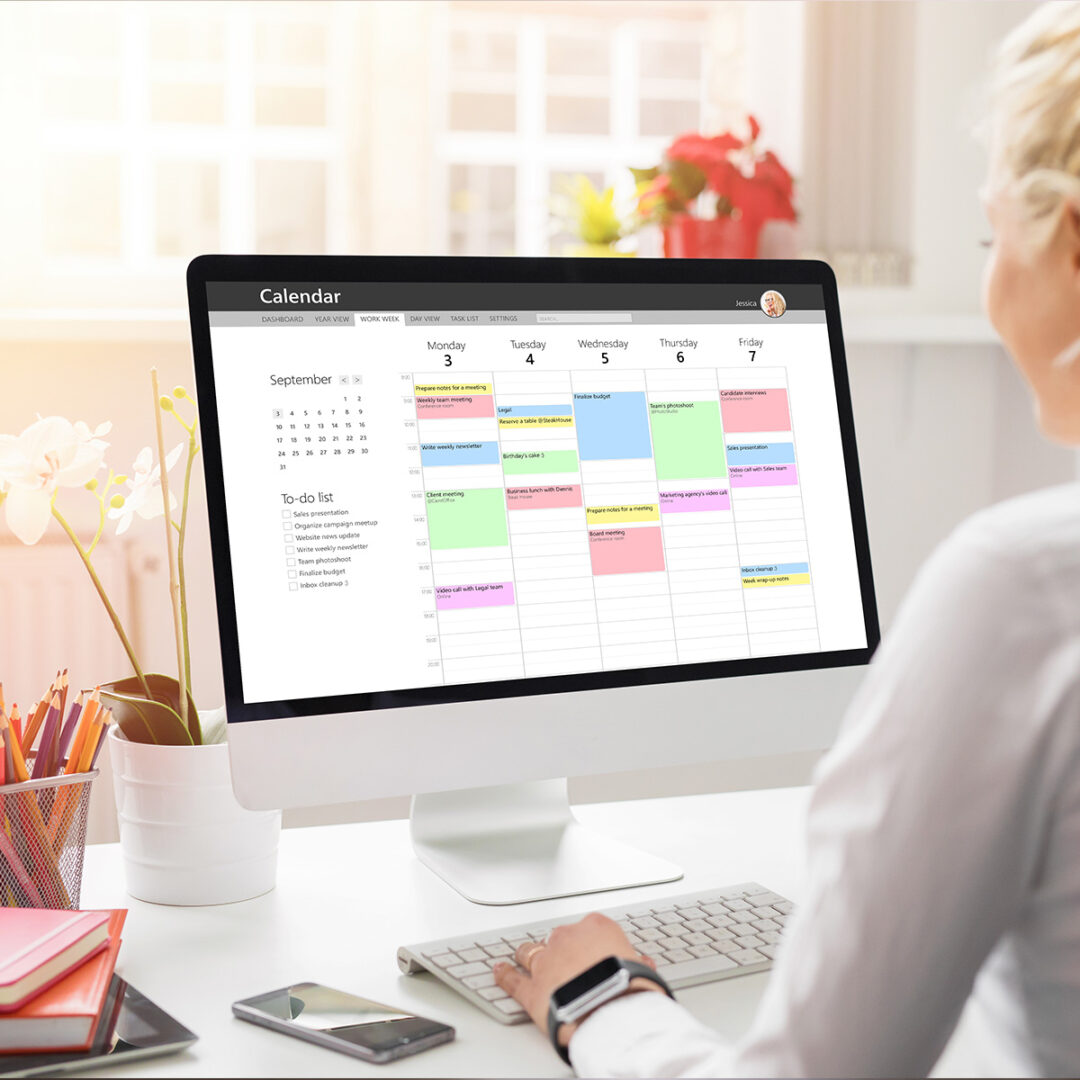
Now that you have worked out the projects, promotions and vacation time for your annual planning calendar, you’ll be able to see your deadlines and events clearly. This allows you to backwards plan your projects so that you can implement your promotional strategies in time for your launch.
Finding the way to use your annual planning calendar on the regular is personal. But honestly, having a printed version on a wall where you can see it everyday is super helpful, especially if you struggle with a forgetful brain. A great solution would be a large dry erase 12 month calendar, but you could also print your own calendar pages and arrange them the way you like.
Your annual calendar is like a flashlight, shining a light into your future – it’s showing you the path in a general sense, but it’s not showing you all of the details of the entire path ahead.
The most important thing is to actually use this as a guide in your daily, weekly, monthly, and even hourly task planning. Your annual calendar will show you when your launch date is, and when your time off is, but it won’t list out all of the steps you will need to take to be prepared for a launch or a product design session.
Aligning your big goals using systems that help you manage the day-to-day tasks is critical to calendar success, so find the daily, weekly, and project based tools that help you. If you prefer the tactile process of scratching out your ideas on paper, tacking it to your wall and adding to it throughout the week, look into some printable planning pages or create your own.
If you prefer having all of your plans lined up on your electronic calendars, be sure to find one that works with the way you work. Services like monday.com, Trello, Miro boards, and so many others are available to help keep track of the moving parts of your project campaign.
Onward!
Being a creative soul can be an absolute thrill, but it can also feel incredibly overwhelming to have so many creative ideas and so many places to share them. That’s where analysis paralysis gets so strong. Giving yourself the gift of an annual calendar can help you narrow down what you actually have time for, and see those times where you know you will need to enlist in some extra help. It can help you plow through distractions and remember your goals for the year.
Happy planning, my creative friend – you’ve got this!!
